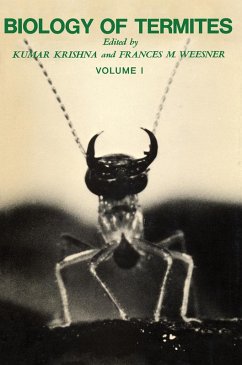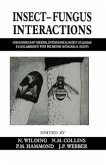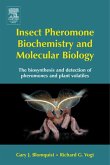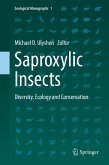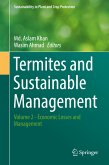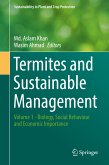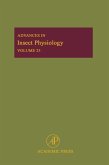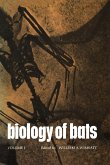After briefly describing the social organization, classification, and research history of termites, the book discusses the external morphology of these species and the similarities and differences between the various groups and the different castes. The subsequent chapters cover the internal anatomy of termites, including their digestive physiology, exocrine and endocrine glands, reproductive and nervous systems, and sense organs. Other chapters deal with the social behavior and communication in the termites and the termite colonizing flights and associated activities. The book also examines caste differentiation in the three lower termite families, namely, Hodotermitidae, Kalotermitidae, and Rhinotermitidae. This volume includes discussions on the rearing, feeding, and biochemistry of termites; the radioisotopes for feeding studies; and the moisture requirements for termite survival. The concluding chapters deal with the introduction or interception of termites by humans and their association with fungi, as well as the relationships of termite hosts with termitophiles.
Termite biologists, zoologists, botanists, ecologists, behaviorists, biochemists, endocrinologists, and economic entomologists will find this volume invaluable.
Dieser Download kann aus rechtlichen Gründen nur mit Rechnungsadresse in A, B, BG, CY, CZ, D, DK, EW, E, FIN, F, GR, HR, H, IRL, I, LT, L, LR, M, NL, PL, P, R, S, SLO, SK ausgeliefert werden.

